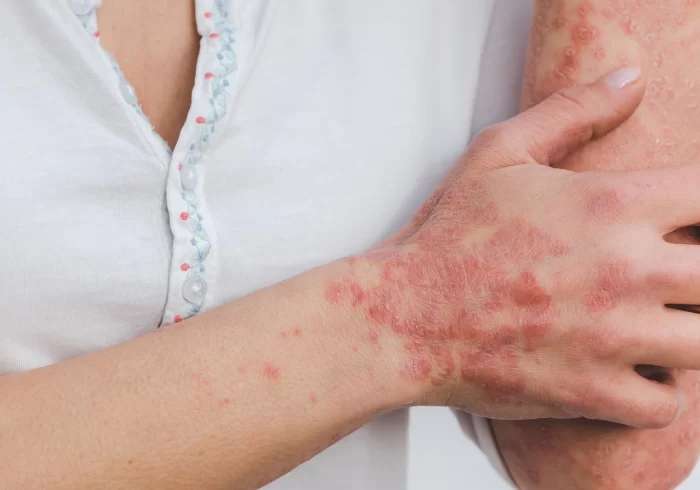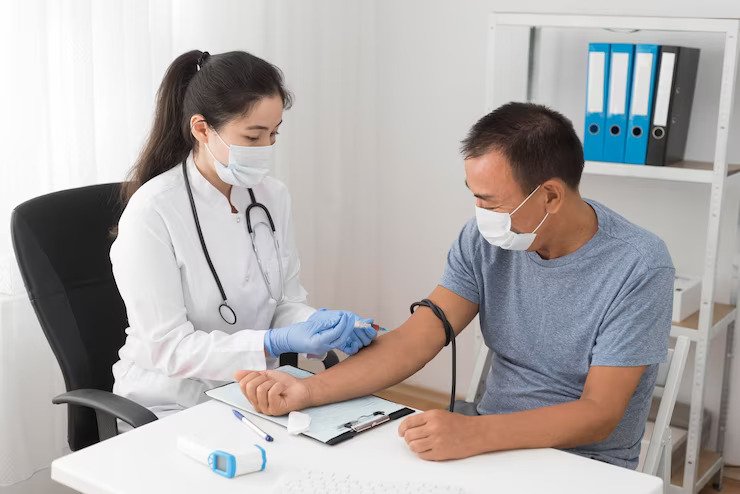Lymphedema is a condition that causes swelling of the body parts, especially in the legs or arms. This occurs due to the accumulation of fluid in that area. It usually occurs if the lymphatic system is disrupted, damaged, or removed leading to the improper drainage of the lymph fluid.
Lymphedema can be primary that is hereditary, congenital, or secondary, caused by infection, injury, surgery, or radiation.
The symptoms of lymphedema can be diagnosed and treated by specialists at Tamarac Lymphedema or other treatment centers. The patient must make sure to get the treatment as soon as possible, as the delay in the treatment can also lead to other problems.
Symptoms of lymphedema.
The symptoms of lymphedema vary from person to person, and its severity depends on the patient’s health. Here are some of the common symptoms observed in the patient with lymphedema:
- Swelling
Usually, the swelling can be observed in the area affected by lymphedema. This swelling is usually painless. However, it can become harmful, uncomfortable, and painful if not treated promptly.
- Limited range of motion
The swelling in the affected area and the fluid built up can cause uncomfortable movements of the body parts. This may lead to limited motion and pain in the affected area.
- Heaviness or tightness
The affected limbs may become tight due to fluid accumulation and swelling. Also, the patient may experience heaviness in the affected region and fullness. If the fluid is not drained on time, it may lead to pain and other health issues in the affected area.
- Hardening and thickening of the skin.
The skin around the affected area becomes hard over time. It may also lead to the thickening of the skin around it.
Some other symptoms observed are:
- Recurring infections.
- Numbness in the affected areas.
- The affected area becomes red.
- Itching or tingling sensation.
Treatment of lymphedema
To treat lymphedema, healthcare specialists usually prescribe patients with treatment that will reduce swelling and help the patient manage the symptoms of the condition.
Here are some of the treatments of lymphedema.
- Manual lymphatic drainage (MLD).
- Compression therapy.
- Exercise.
- Sequential pneumatic compression
- Skincare.
- Compression garments
- Complete decongestive therapy (CDT)
- New drainage paths
- Lymph node transplant
- Removal of fibrous tissue
Apart from that, early diagnosis plays a major role in treating the condition. If a patient is facing some symptoms like the ones listed above, he or she must make sure to visit the health care specialist and seek guidance from a certified lymphedema therapist.








